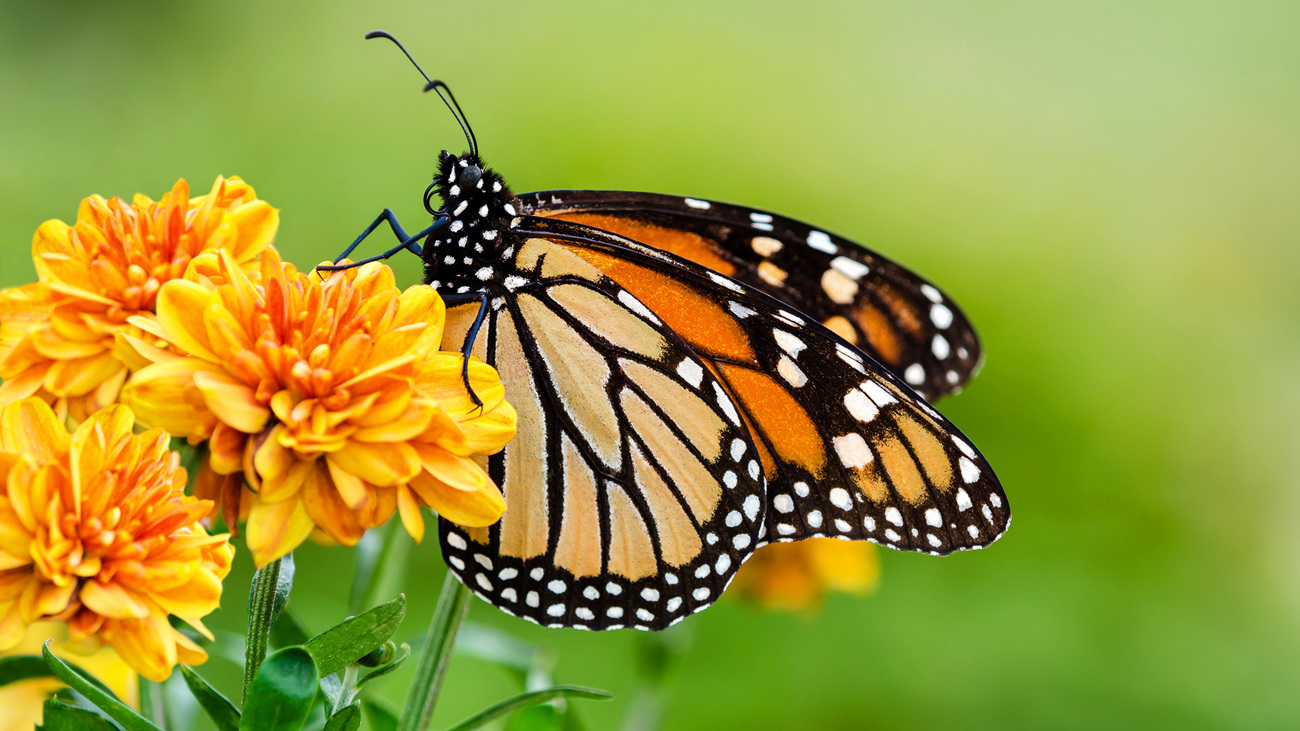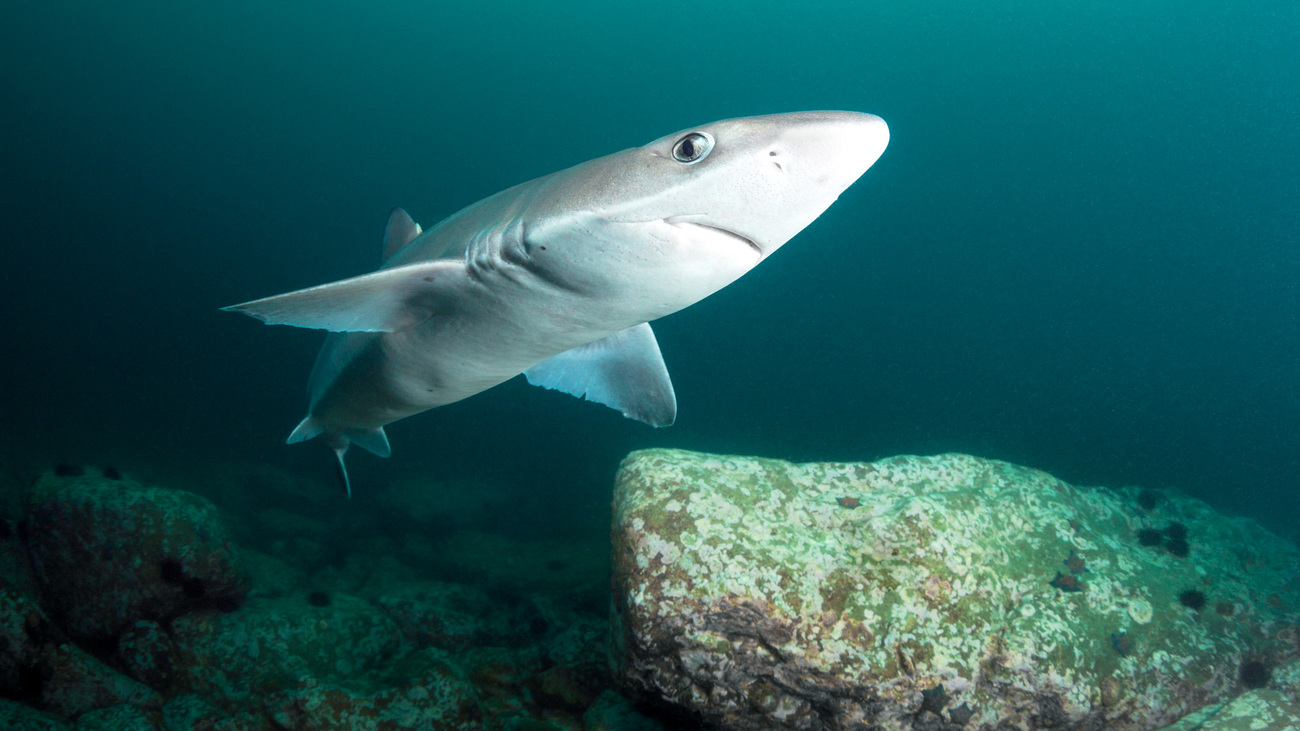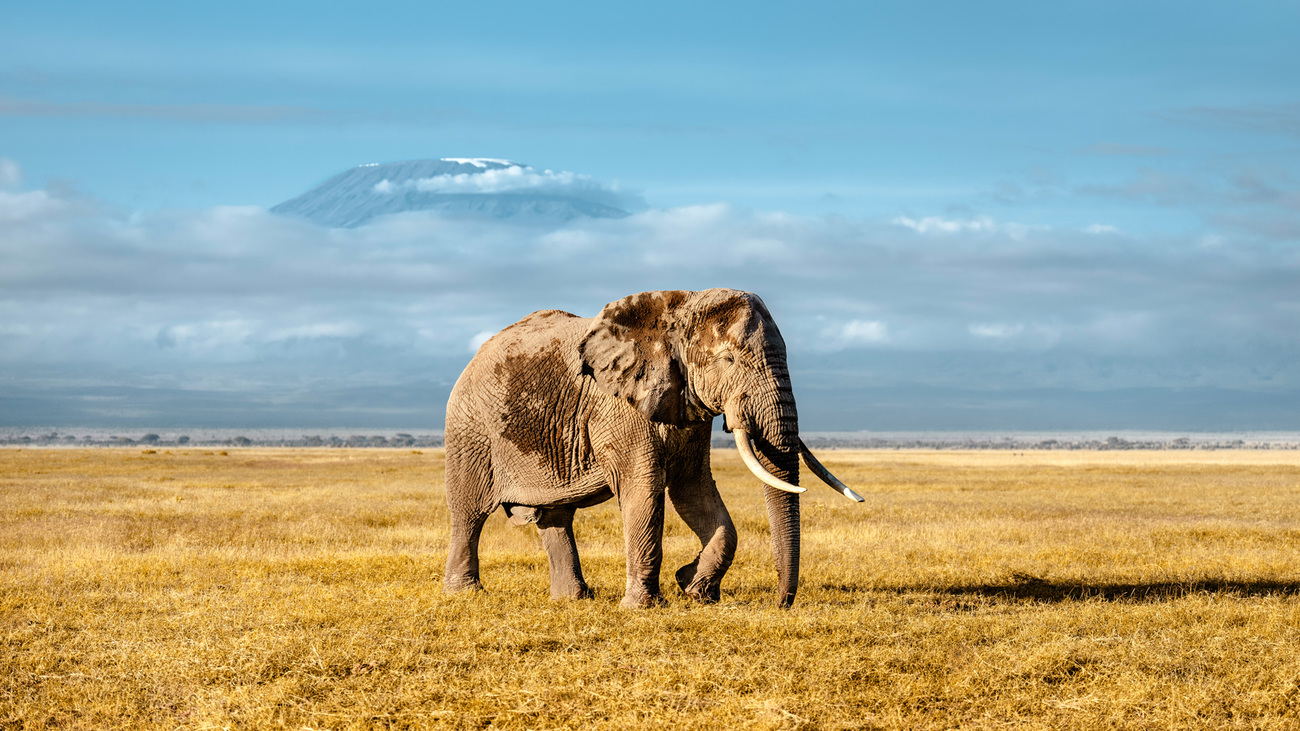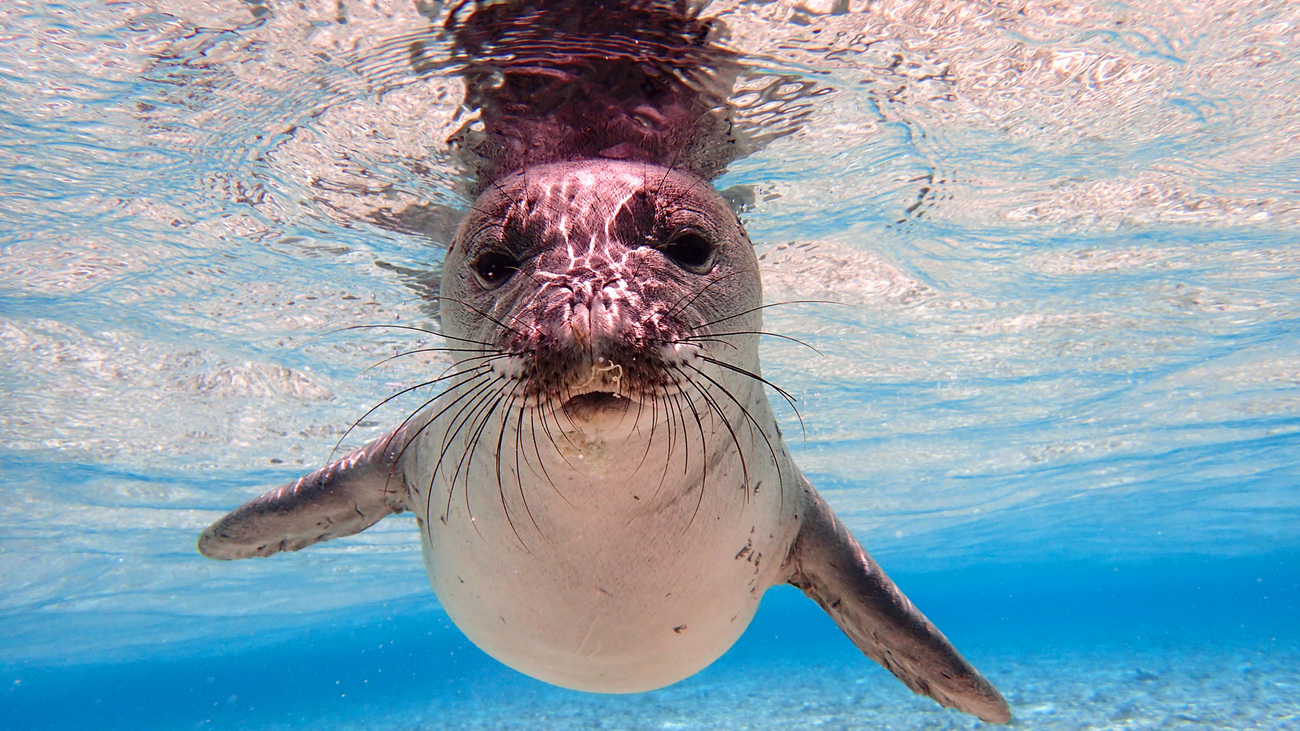Blog
What is Earth Day?
Read moreWhy should we protect endangered animals?
The conservation of endangered species is not just a matter of ethical responsibility—it’s a fundamental necessity for the health of our planet.
Many human activities have been undeniably detrimental to many animal species, both directly and indirectly. The extinction rate of species is up to 1000 times higher than in pre-human times, and scientists suggest we are living through the planet’s sixth mass extinction. There has been a 68% decline in mammal, bird, reptile, amphibian, and fish species between 1970 and 2012. We’re losing biodiversity quicker than we ever have in the past.

Preserving endangered species safeguards the intricate balance of our planet’s life, ensuring a healthier and more secure future for ecosystems and people.
At IFAW, our mission is to build a future where animals and people can thrive together. With this goal in mind, it’s essential to examine why we must protect endangered species—why are they so important? And what would our world look like without them?
We can think of biodiversity as nature’s balancing act, where all the world’s species work together to keep populations in check and protect our planet’s ecosystems. When certain species become endangered or extinct, that balance is upset, causing ripples throughout the rest of the world’s species.
Take bees as an example. These insects play a crucial role in pollinating plants, helping maintain biodiversity and ensuring the availability of fruits, vegetables, and nuts in our ecosystems.
With globally declining numbers of bee populations, including some species such as the Potter Flower Bee and the Cliff Mason Bee becoming regionally extinct, there is a concern that there will be significant consequences for food security and ecosystem health.
Endangered species can also serve as indicators of environmental health. When populations decline, it can signify underlying issues such as habitat destruction, pollution, or climate change, which, if unaddressed, can threaten the stability of the entire ecosystem and many other species.
For example, declining populations of bald eagles in North America allowed scientists to discover that the environment had been contaminated with DDT, a pesticide used to control mosquitoes and other insects. In this way, the bald eagle served as a warning sign for the environmental damage being done by DDT, allowing a ban on the chemical to be put in place and eagle populations to recover along with the environment.

Climate change is closely linked to biodiversity loss. So protecting—and restoring—biodiverse ecosystems is vital in the fight against climate change.
Biodiversity helps ecosystems adapt to climate change, as various plant and animal species can sequester carbon dioxide, regulate temperatures, and support resilience in the face of climate impacts. When biodiversity is reduced due to habitat destruction or species loss, ecosystems become more vulnerable and compromised.
IFAW champions nature-based solutions to climate change, which involve protecting animals—as they hold the key to protecting their ecosystems and mitigating climate change simply through their natural functions.
Meanwhile, climate change contributes to habitat loss and rising temperatures that further endanger these animals, creating a sort of feedback loop. With a 4.3°C increase in global temperatures, 16% of the world’s species would be driven to extinction.
Currently, more than 25% of animals on the IUCN endangered species list are threatened by climate change. Scientists predict that one third of all animal and plant species will be under threat due to climate change by the year 2070.
Certain animals are known as ‘ecosystem engineers’ because they help protect their environments and habitats through their feeding and other behaviors.
Below are some examples of ecosystem engineers. To note here, each of these animals encompasses a broad range of different species and each animal group contains species that are classified as endangered.

Returning to our goal of helping animals and people thrive together, we must also consider that many animals are integral parts of cultures, traditions, and folklore worldwide.
For example, in Mexico, Monarch butterflies are culturally significant to the Mazahua people. When they land in central Mexico at the end of their 4,000-kilometre migration, they are viewed as the spirits of the dead returning for a visit, and their arrival coincides with traditional Day of the Dead celebrations.
Monarchs were classified as endangered by the IUCN in 2022. Losing this butterfly species would have both ecological and cultural impacts.
Similarly, African savannah elephants have deep connections with indigenous groups. For example, the Kwhe culture believes that elephants were once human and transformed into animals while maintaining the wisdom and connection to their people.
Protecting endangered species is also a fight to protect cultures and traditions worldwide.
We’re currently experiencing the sixth mass extinction event, marked by alarming declines in the number of insects, vertebrates, and plant species worldwide. Left unchecked, this could completely change the planet as we know it, devastating ecosystems and life across the globe.
Mass extinction occurs when around 75% of the world’s species go extinct within a short time period. There have been five known mass extinctions throughout Earth’s history, and researchers believe we are now in the midst of the sixth.
However, unlike the five that have come before, this sixth mass extinction is primarily due to human activity. It’s come about through a combination of factors, including habitat destruction, deforestation, pollution, over-exploitation of natural resources, introduction of invasive species, and climate change.
These activities have led to widespread biodiversity loss and countless species’ decline or extinction. Therefore, it’s our responsibility to protect those same species and the environments they inhabit and influence. This necessitates changing behaviors, activities, and policies. Urgent international action is needed to reverse humans’ effects on the environment.

Despite the uncertain future we face as we grapple with climate change and habitat loss, there is hope for endangered species. Thanks to policy and conservation efforts, there are many species that have made or are in the midst of making recoveries.
The easiest way you can help protect endangered species is to learn more about them. See our list of the most endangered mammals and our endangered species glossary.
Though IFAW undertakes large-scale conservation efforts across the planet, we also believe in the impact of small acts.
You can do simple things to help protect biodiversity, such as:
For more ideas, check out our list of 50 simple actions you can take to help animals.
Making a difference starts with taking action. Get involved by signing our petitions and making your voice heard for the animals that need you most.
Our work can’t get done without you. Please give what you can to help animals thrive.
Unfortunately, the browser you use is outdated and does not allow you to display the site correctly. Please install any of the modern browsers, for example:
Google Chrome Firefox Safari